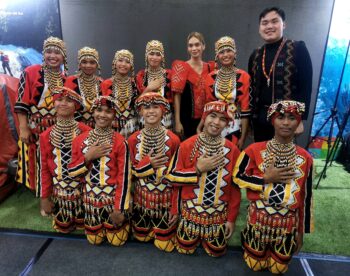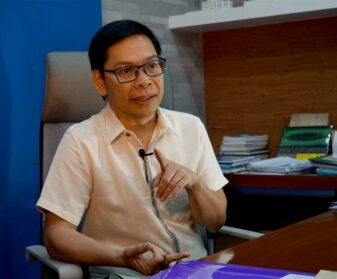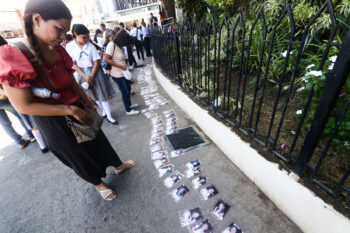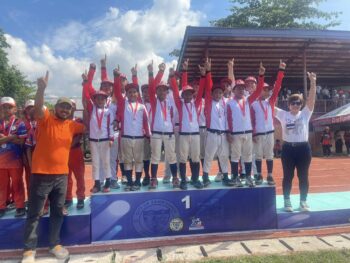ZAMBOANGA CITY (MindaNews/14 July) – An official of the Fiber Industry Development Authority (FIBA) announced that Zamboanga Peninsula is seeing a resurgence in interest in abaca farming as seen from a 92-percent increase in production for the period 2009 to 2010.
FIDA Regional Director Eduardo Holoyohoy said that Abaca fiber production in Zamboanga Peninsula jumped to 508 metric tons in 2010 from just a little over 264 MT in 2009.
Holoyohoy also cited that the country’s total export earnings from the industry jumped by 53 percent, from only $68.5 million in 2009 to almost $105 million in 2010.
Holoyohoy revealed that abaca at the turn of the 20th century was once among the top export earners of the Philippines.
“Because of its superior tensile strength, it became one of the strongest materials for marine cordage and had been a principal strategic commodity of the [United States] naval armada,” he said.
The advent of oil-based synthetic fibers in the mid-1950s, however, has rapidly replaced natural fibers, Holoyohoy noted. Abaca was eventually displaced as prime cordage material, causing the industry’s almost total collapse.
Fortunately, he said, breakthroughs in technology and processes in the early 1970s brought about the development of new uses for abaca, particularly in the use of pulp for the production of specialty paper products.
He said that demand for these kinds of materials increased from year to year and, in time, opened up new markets for the fiber, no longer for cordage, but pulp for specialty papers.
He said that by the mid-1970s, abaca pulp-based paper has become a favored material for tea bags, meat and sausage casings, stencil paper, electrolytic paper, cigarette plug wraps, filters, vacuum cleaner bags, surgical gowns and masks, as well as security and currency papers.
According to Holoyohoy, Japan has been using abaca in its currency for more than 50 years now while the Bangko Sentral ng Pilipinas (BSP) started using abaca for Philippine peso bills in July of 2001.
He said that because of the increasing demand for abaca fibers, FIDA is campaigning for abaca farm expansion, especially in Mindanao. Many farmers, he noted, have now planted abaca under coconut trees and between selected agro-forest tree species, fruit trees and rubber.
Holoyohoy said that the FIDA regional office has successfully pushed the adoption of the technology to plant abaca within a rubber plantation such that that several big rubber cooperatives and individual investors are now into it.
He said that abaca is ideal for intercropping with rubber due to the latter’s long gestation period.
“By intercropping abaca, the maintenance cost of a rubber-abaca farm will readily be absorbed by the sales of abaca fibers, starting even just on the third year of operation,” Holoyohoy noted. (MindaNews)






